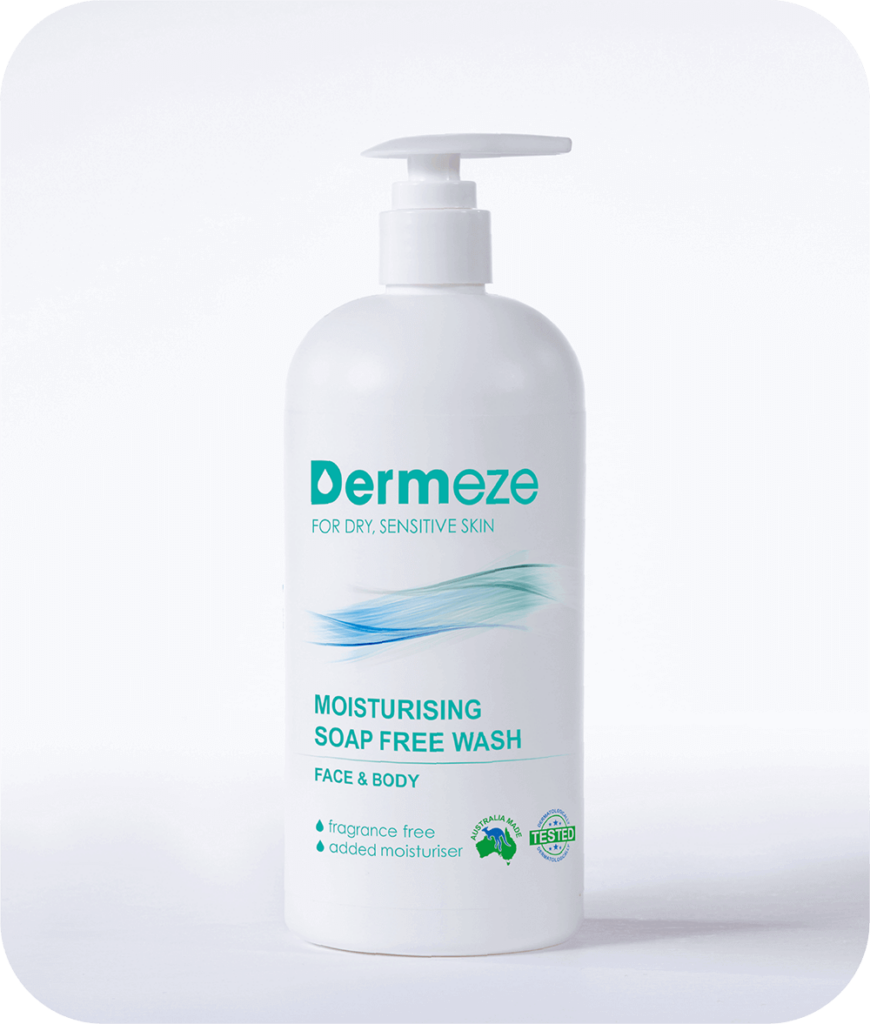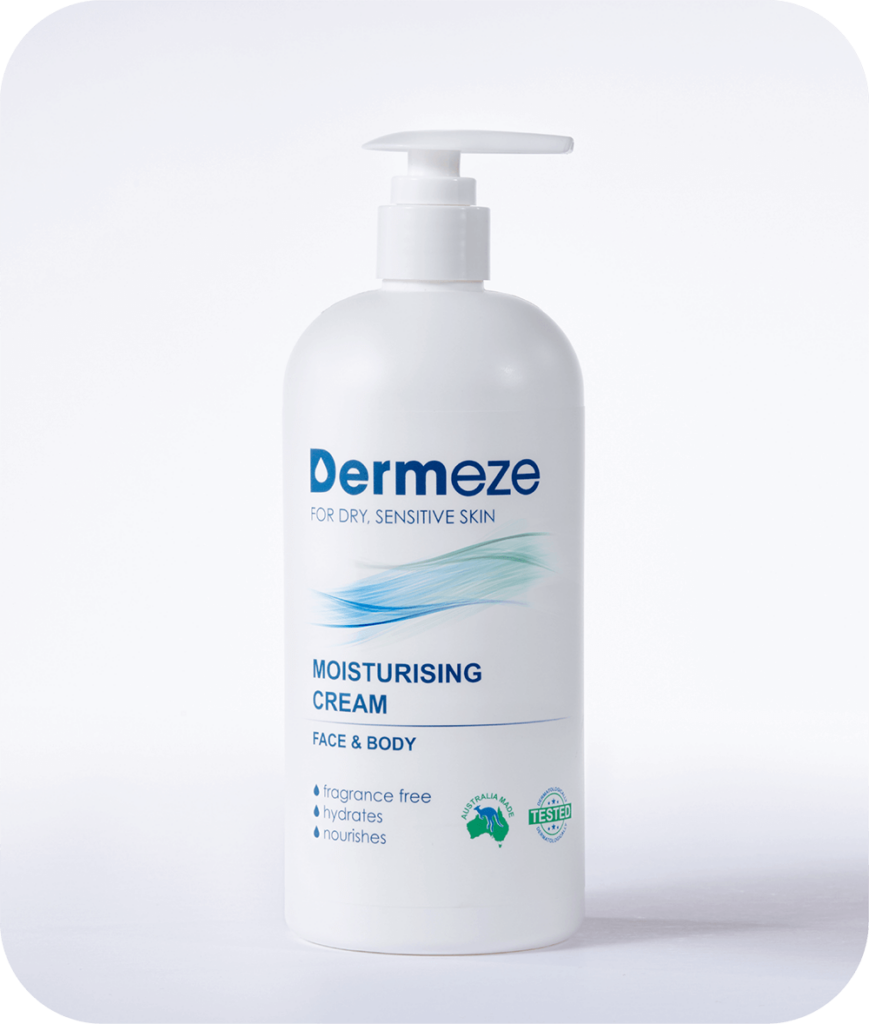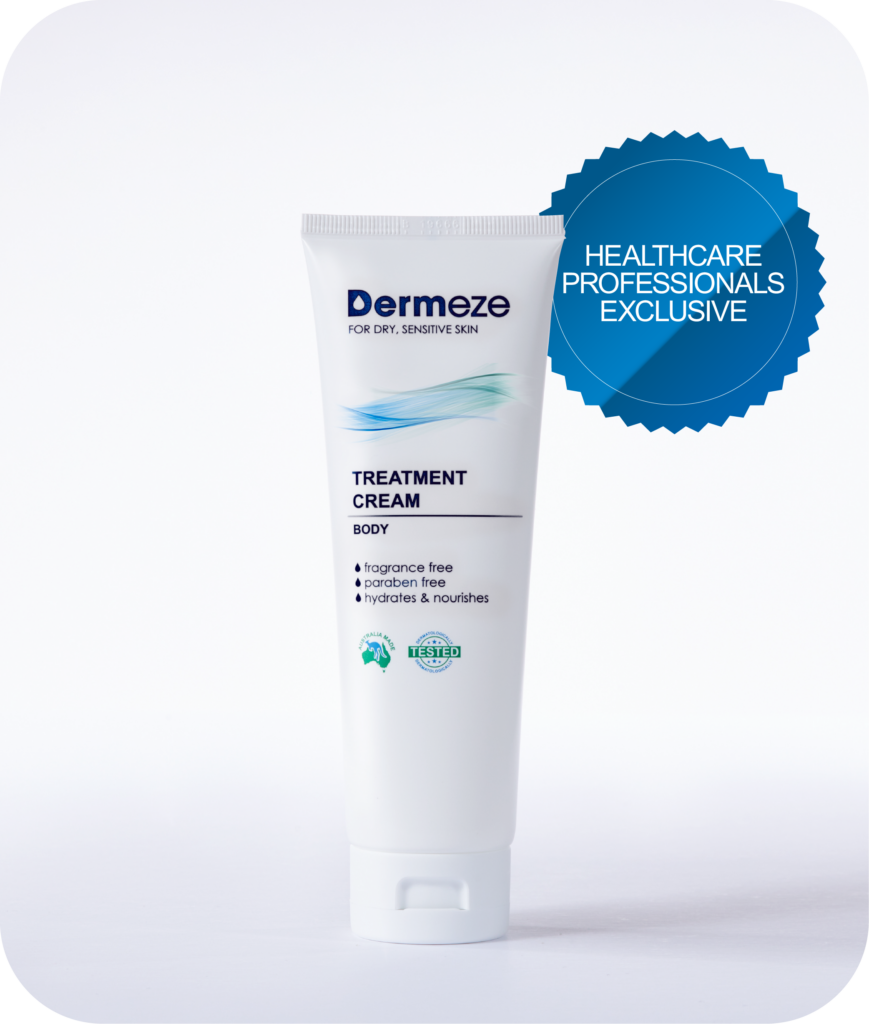Dry Air Causes Itchy Skin
Humidity levels tend to drop in the fall as outdoor temperatures cool down. Often, low humidity causes dry air, which promotes dry skin and may aggravate existing skin problems. This is especially true if you’re prone to eczema or other dry skin conditions. Indoor heat keeps the air warm but also robs it of moisture, creating a dry environment. Using a humidifier will help add moisture back into the air and minimize these drying effects.
Time to Make a Change
A great time to consider adjustment in your skin care routine is when you swap your summer wardrobe for warmer clothing to accommodate cooler temperatures.
Keep a Simple Fall Skincare Routine:

Use a mild and gentle facial cleanser. Avoid harsh cleansing agents in your soap or body wash. fragrance-free soap tends to be less irritating to your skin.
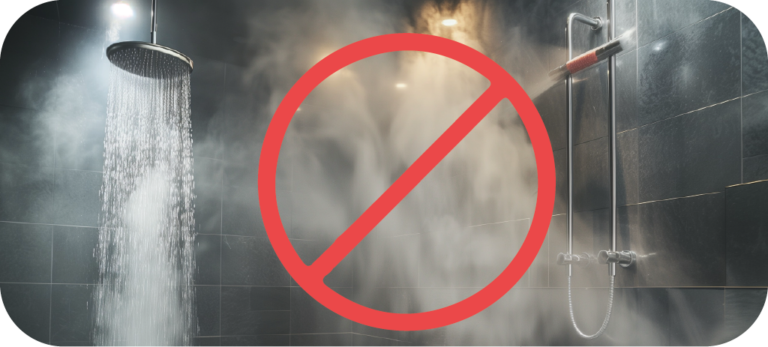
Take lukewarm showers or baths. Hot water can strip your skin of its protective barrier.
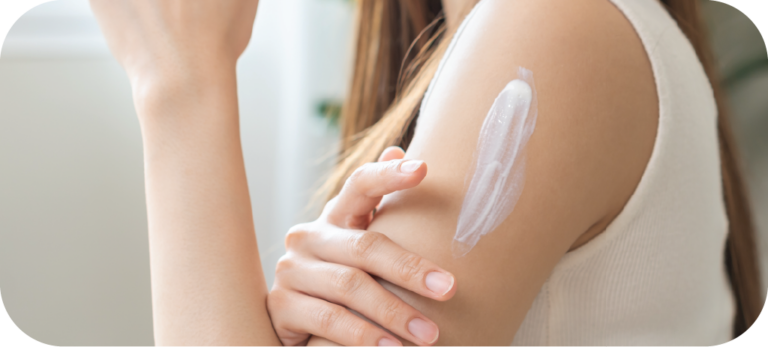
Moisturize your skin frequently. You may want to switch from a lightweight summer lotion to a heavier cream to give your skin that extra boost of moisture it needs this time of year.

Apply a daily facial moisturizer with hyaluronic acid and ceramides to help hydrate your skin and lock in moisture. Regular use provides effective moisturization day and night.

Use a broad-spectrum sunscreen every day, all year long, to protect your skin from the sun’s UVA/UVB rays. Exposure to sunlight should be a concern regardless of the outdoor temperature.

Layer your clothing. This will help you adapt quickly to changing temperatures and potentially avoid sweaty skin whichmay leave your skin more prone to flare ups and breakouts.
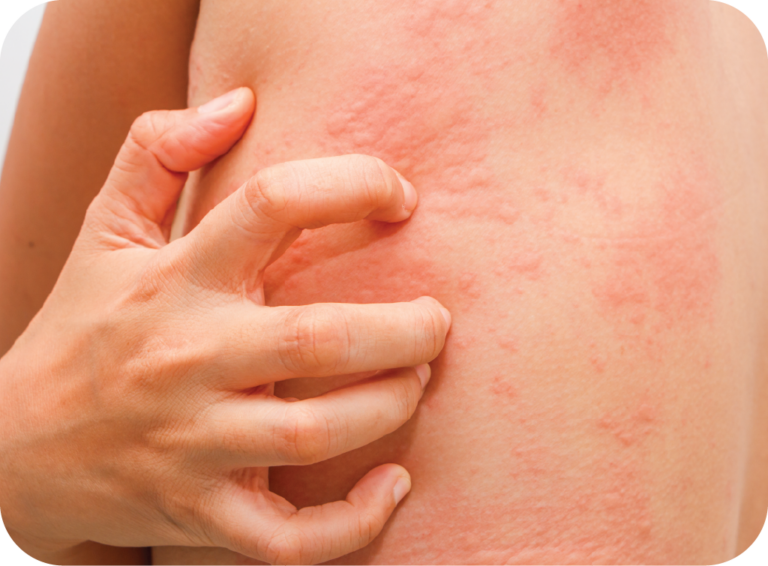
Some skin conditions, such as eczema and psoriasis, can flare up during dry weather and skin may become sensitive to potential allergens found in ordinary products. The best skin care products for sensitive skin are formulated to avoid these ingredients which may help avert unwanted flareups. Remember to always read the label and check the ingredient list as products labeled as ‘hypoallergenic’ may still contain allergens.

